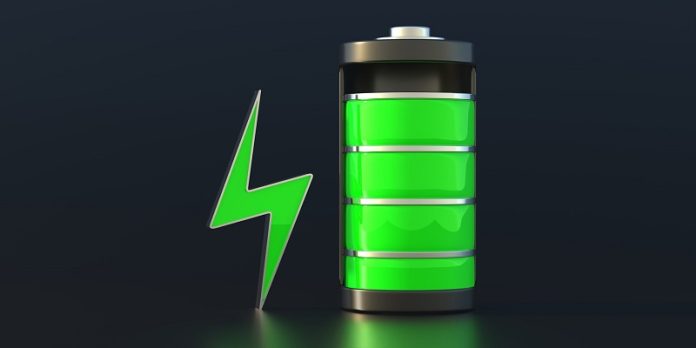
As the world shifts toward renewable energy, storing power when it’s needed most is a big challenge.
Solar energy disappears at night, and wind power can be unpredictable.
To solve this, we need better ways to store energy for when the supply from renewable sources drops.
Lithium-ion batteries are common for this purpose, powering everything from smartphones to electric cars.
However, these batteries rely on materials like lithium, nickel, and cobalt, which are expensive and limited.
This raises concerns about long-term sustainability and cost.
To address this, Professor Xiaowei Teng from Worcester Polytechnic Institute (WPI) is leading a team to explore more sustainable options.
Their latest research, published in the journal ChemSusChem, looks at iron as a new battery material. Iron is much more abundant than nickel and cobalt, and it’s already widely recycled.
Iron has been used in batteries before, specifically in iron-nickel alkaline batteries that date back to the 1900s.
However, these old batteries are not very efficient because of two problems: they produce hydrogen gas when charging and create a layer of iron oxide during discharging, which reduces their ability to store energy.
Teng’s team found a solution to these problems by adding silicate to the battery’s electrolyte. Silicate is a cheap and common material made of silicon and oxygen, used in products like glass and detergents.
When added to the battery, silicate stops the formation of hydrogen gas, allowing the battery to charge more efficiently.
This breakthrough could lead to safer and cheaper iron-based batteries for storing renewable energy, especially in settings like solar or wind farms.
With this new technology, renewable energy sources could become more reliable and cost-effective, helping to power homes and communities even when the sun isn’t shining or the wind isn’t blowing.
Source: KSR.



